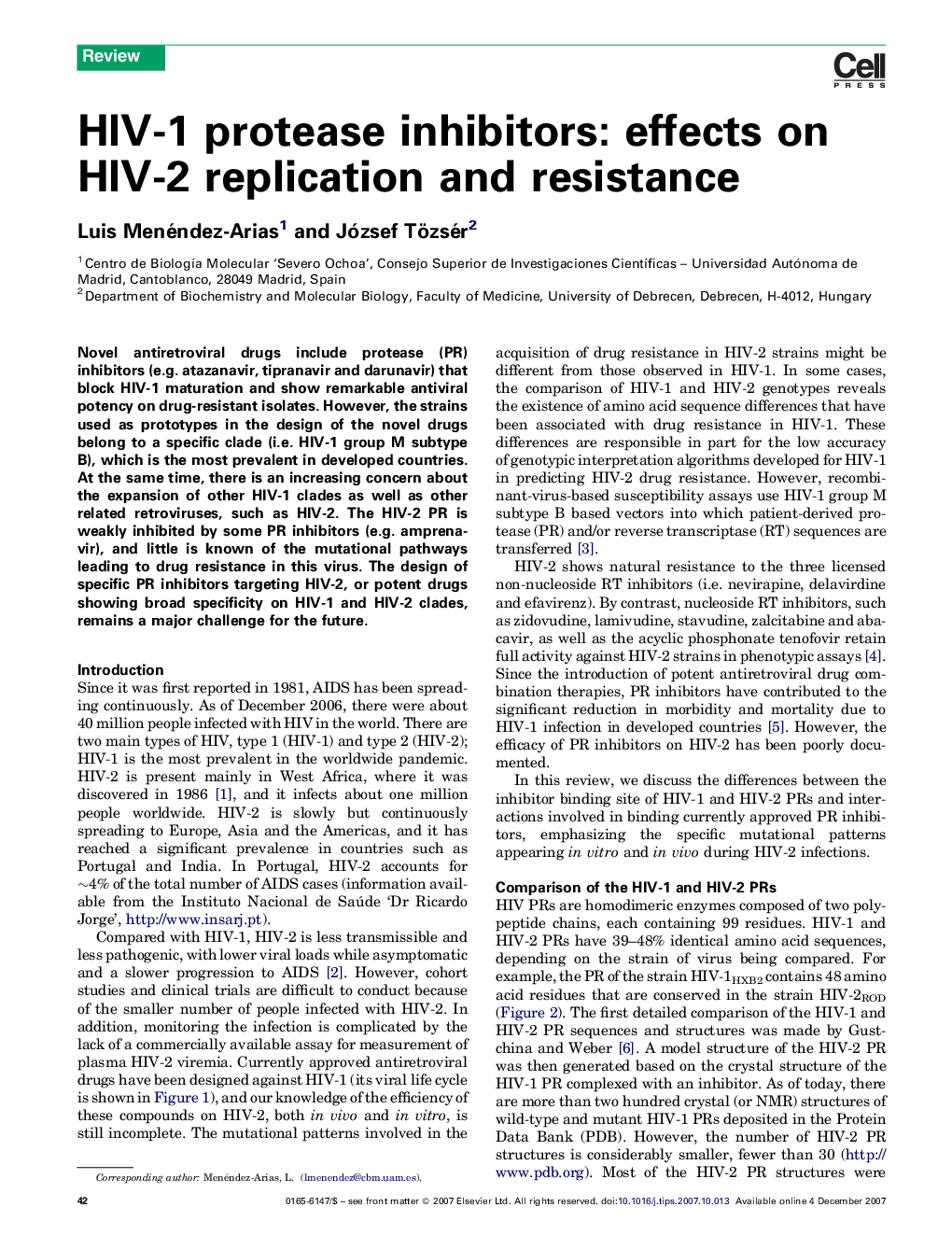| Article ID | Journal | Published Year | Pages | File Type |
|---|---|---|---|---|
| 2573664 | Trends in Pharmacological Sciences | 2008 | 8 Pages |
Novel antiretroviral drugs include protease (PR) inhibitors (e.g. atazanavir, tipranavir and darunavir) that block HIV-1 maturation and show remarkable antiviral potency on drug-resistant isolates. However, the strains used as prototypes in the design of the novel drugs belong to a specific clade (i.e. HIV-1 group M subtype B), which is the most prevalent in developed countries. At the same time, there is an increasing concern about the expansion of other HIV-1 clades as well as other related retroviruses, such as HIV-2. The HIV-2 PR is weakly inhibited by some PR inhibitors (e.g. amprenavir), and little is known of the mutational pathways leading to drug resistance in this virus. The design of specific PR inhibitors targeting HIV-2, or potent drugs showing broad specificity on HIV-1 and HIV-2 clades, remains a major challenge for the future.
